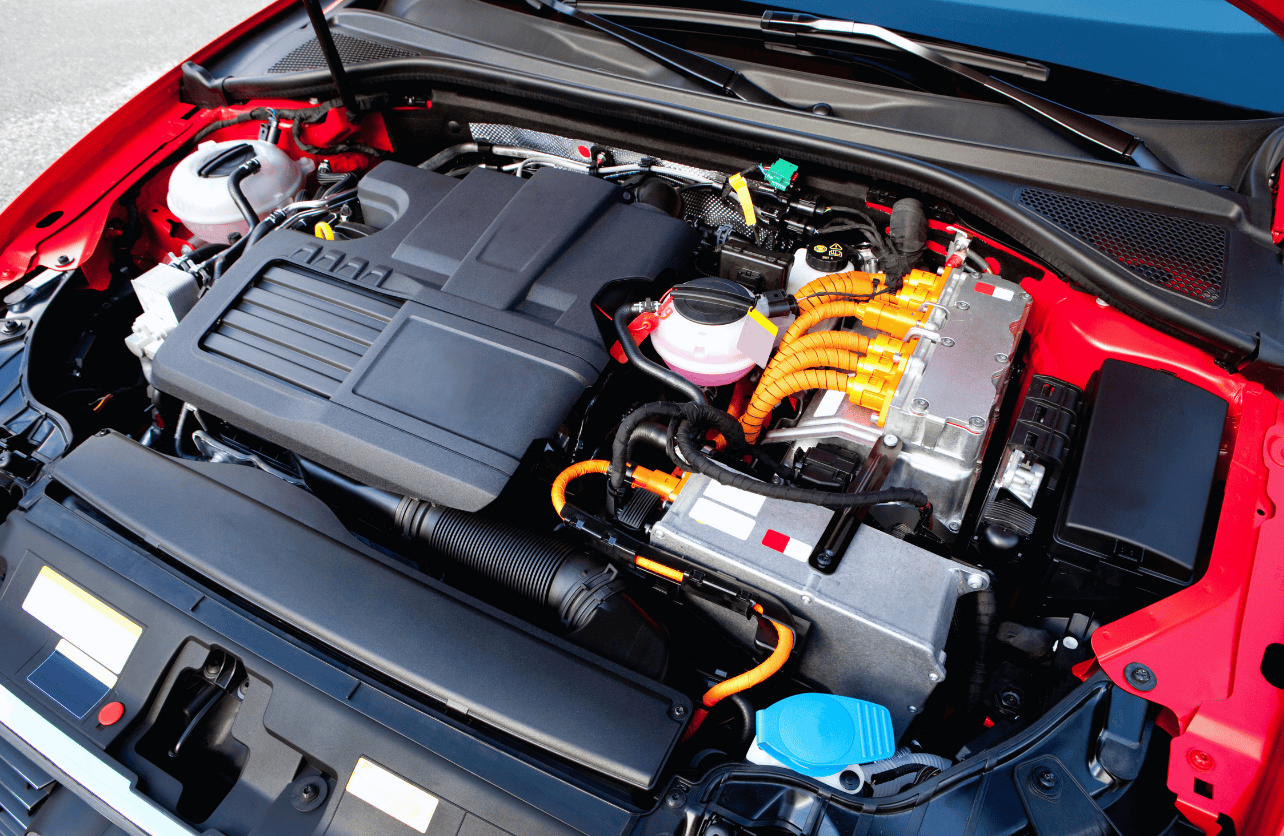How Do Hybrid Cars Work?

Hybrid cars have become increasingly popular as a solution to rising fuel costs and environmental concerns. By combining a conventional internal combustion engine with an electric motor and battery pack, hybrid vehicles offer improved fuel efficiency and reduced emissions. This article explores the technology behind hybrid cars, explaining how they operate and the different types of hybrid systems available.
Understanding Hybrid Technology
At its core, a hybrid car utilizes two or more distinct types of power to propel the vehicle. In most cases, this means combining a gasoline or diesel engine with an electric motor. The integration of these power sources allows hybrids to optimize energy use, resulting in better fuel economy and lower emissions compared to traditional vehicles.
Key Components of a Hybrid Car
To understand how hybrid cars work, it’s essential to familiarize yourself with their main components:
- Internal Combustion Engine (ICE): A conventional gasoline or diesel engine that provides power, especially during high-speed or high-load conditions.
- Electric Motor/Generator: Acts both as a motor to drive the wheels and as a generator to produce electricity during regenerative braking.
- Battery Pack: Stores electrical energy to power the electric motor. Commonly uses nickel-metal hydride (NiMH) or lithium-ion (Li-ion) batteries.
- Power Control Unit (PCU): Manages the flow of electrical energy between the battery, electric motor, and generator.
- Transmission System: Transfers power from the engine and electric motor to the wheels.
- Regenerative Braking System: Captures kinetic energy during braking and converts it into electrical energy to recharge the battery.
How Hybrid Cars Operate
Hybrid cars seamlessly switch between the internal combustion engine and the electric motor, or use both simultaneously, depending on driving conditions. Here’s a breakdown of how they work during different phases of driving:
1. Starting and Low-Speed Driving
- Electric Mode: When starting from a stop or driving at low speeds, the electric motor uses energy from the battery to propel the car.
- Zero Emissions: Operating solely on electric power reduces fuel consumption and emissions.
2. Acceleration and Cruising
- Combined Power: During acceleration or cruising at higher speeds, the internal combustion engine kicks in to provide additional power.
- Optimal Efficiency: The car’s control system determines the most efficient combination of engine and motor usage.
3. Deceleration and Braking
- Regenerative Braking: When the driver applies the brakes, the electric motor acts as a generator, converting kinetic energy into electrical energy.
- Battery Charging: The captured energy recharges the battery pack, improving overall efficiency.
4. Idling
- Engine Shut-Off: In many hybrids, the internal combustion engine shuts off when the car is stationary, reducing fuel consumption.
- Quick Restart: The engine restarts automatically when the accelerator is pressed.
Types of Hybrid Systems

There are several types of hybrid systems, each with different configurations and operational methods:
1. Series Hybrid
- Electric-Driven: The electric motor is the sole source of propulsion.
- Engine as Generator: The internal combustion engine powers a generator that produces electricity to charge the battery or directly power the motor.
- Example: Extended-range electric vehicles like the BMW i3 with range extender.
Operation:
- The engine does not directly drive the wheels.
- Ideal for city driving with frequent stops and starts.
2. Parallel Hybrid
- Combined Power Sources: Both the engine and electric motor are connected to the transmission and can drive the wheels directly.
- Efficiency: The control system decides the optimal power source based on driving conditions.
- Example: Honda Insight, where the electric motor assists the engine.
Operation:
- The vehicle can run on the engine alone, the motor alone, or a combination of both.
- Offers a balance between highway and city driving efficiency.
3. Series-Parallel Hybrid (Full Hybrid)
- Versatility: Combines features of both series and parallel hybrids.
- Flexible Power Distribution: The car can operate in electric-only mode, engine-only mode, or a combination.
- Example: Toyota Prius, one of the most common full hybrids.
Operation:
- At low speeds, the car can run purely on electric power.
- At higher speeds or under heavy load, the engine provides additional power or takes over entirely.
4. Plug-in Hybrid Electric Vehicle (PHEV)
- External Charging: Equipped with a larger battery that can be recharged by plugging into an external power source.
- Extended Electric Range: Offers a significant all-electric driving range before the engine assists.
- Example: Chevrolet Volt, which can travel several miles on electric power alone.
Operation:
- Functions like a full hybrid but with the ability to charge the battery externally.
- Ideal for reducing fuel consumption for daily commutes.
Advantages of Hybrid Cars
- Improved Fuel Efficiency: Reduced reliance on the internal combustion engine lowers fuel consumption.
- Lower Emissions: Decreased greenhouse gas emissions contribute to environmental conservation.
- Regenerative Braking: Recovers energy that would otherwise be lost, enhancing efficiency.
- Reduced Idling: Engine shut-off during stops conserves fuel.
- Tax Incentives: Many regions offer tax credits or incentives for hybrid vehicle owners.
Challenges and Considerations
- Higher Initial Cost: Hybrids can be more expensive upfront due to complex technology.
- Battery Life and Replacement: Battery packs may need replacement after several years, which can be costly.
- Repair and Maintenance: Specialized components may require service from trained technicians.
- Performance: Some hybrids may have less power compared to conventional vehicles, though advancements are closing this gap.
The Future of Hybrid Technology
Hybrid technology continues to evolve, with manufacturers developing more efficient systems and integrating advanced features:
- Improved Batteries: Advances in battery technology increase energy density and reduce weight.
- Enhanced Control Systems: Smarter power management leads to better performance and efficiency.
- Integration with Renewable Energy: Plug-in hybrids can utilize renewable electricity sources, further reducing environmental impact.
- Hybridization of Larger Vehicles: Expansion of hybrid technology into trucks and SUVs to improve fuel economy in heavier vehicles.